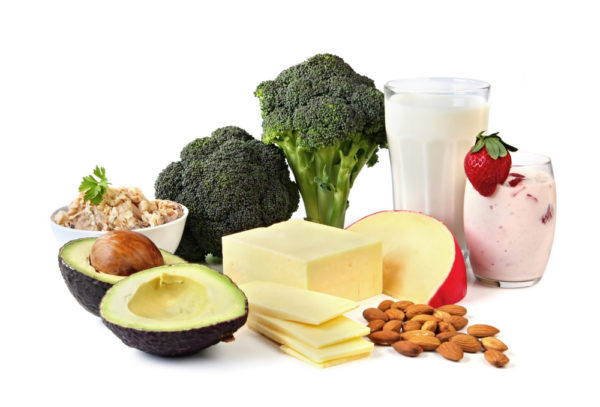It seems the most studied and tested vitamin these days is Vitamin D. Never mind that it is considered by many to not be a true vitamin. Some consider it more of a prohormone, which is an interglandular hormone precursor.
Others consider it a prehormone that can be converted into a hormone. A few call it a hormone while most call it a vitamin simply because it’s taken in from outside sources and a deficiency results in disease.
The process of metabolizing sunshine UVB rays or even supplements into the final product, Vitamin D, seems to go through phases that mimic all those argued labels.
For now, understand that Vitamin D from sunshine and/or Vitamin D3 supplements are necessary for maintaining sufficient blood levels of D3 to ward off and even reverse most diseases.
Study on Vitamin D levels and Heart Health With Hypertension
This study was conducted in Turkey by two cardiology departments in two cooperating institutions and published by PubMed in June. Two sources for the same study have different reports on how the study was performed.
They both agree on other items. The subjects were recently diagnosed with hypertension or high blood pressure. The mean age of all subjects was around 63.
After measuring several markers among both high and low serum D level subjects, researchers determined that Vitamin D plays a role in reducing cardiovascular inflammation, arterial, and left ventricular heart stiffness among recently diagnosed hypertensive patients.
Bottom line: If your blood pressure is on the high side, getting plenty of Vitamin D through sunshine exposure or supplementation can preserve cardiovascular integrity to help avoid a heart attack.
High and Low Blood Serum Vitamin D Levels
Outside-the-box alternative medicine Vitamin D experts think normal levels should be at or around 50 ng/ml. They also consider the 50 ng/ml to 80 ng/ml range optimum for ensuring general health protection and disease resistance.
A lot of how well your epidermal cholesterol, liver, and kidneys can deliver Vitamin D from the sun depends on different factors. One is skin color. The darker your skin, the longer it takes for this process to occur from the sun.
Where you live is another factor. The closer to the equator, the better the chances for lots of sunlight to access bare skin. Some endorse tanning beds that emit UVB rays as a sunshine substitute for those in colder climates or chronically overcast areas.
The amount of supplementation in lieu of direct sunshine to skin exposure should be much higher than the recommended official RDA (recommended dietary allowance) of 600 iu (international units). Intakes of 2,000 to 10,000 are often recommended.
Don’t bother with synthetic D2 pills. Opt instead for D3 in gel caps or liquids that contain cholecalciferol from sheep’s wool. It is from the fatty substance lanolin that has already started the UVB to vitamin D process. In other words, it’s a prepared sunshine-to-epidermal cholesterol package in a pill.
Read more: Natural News


